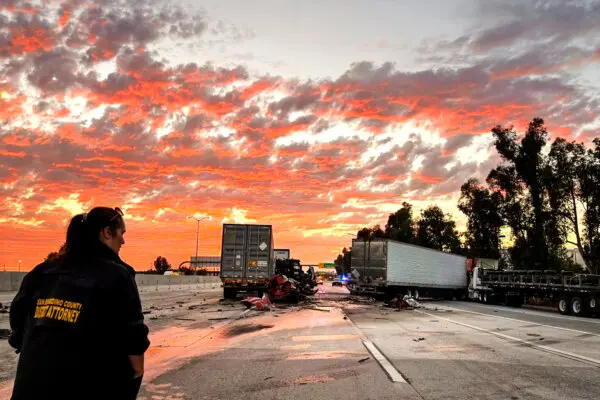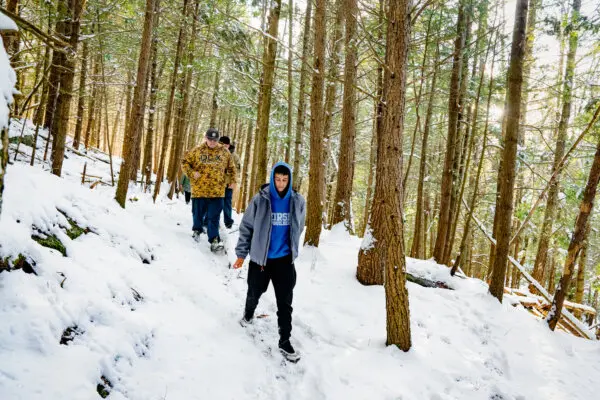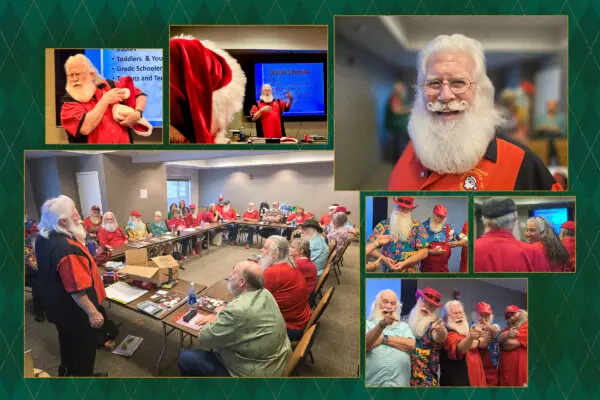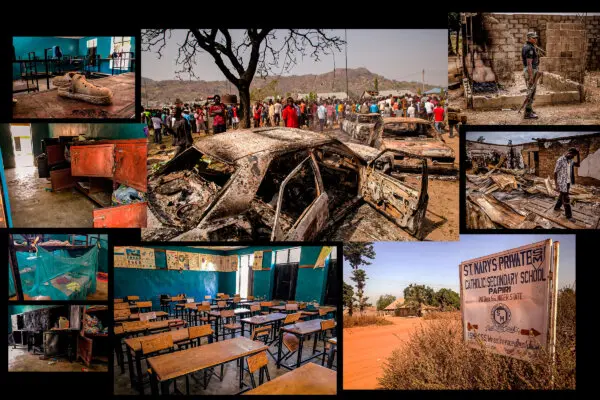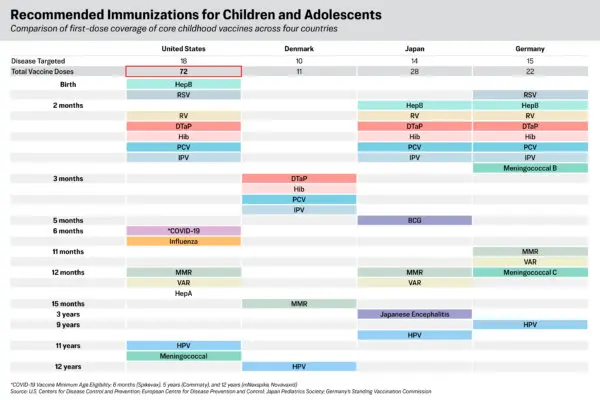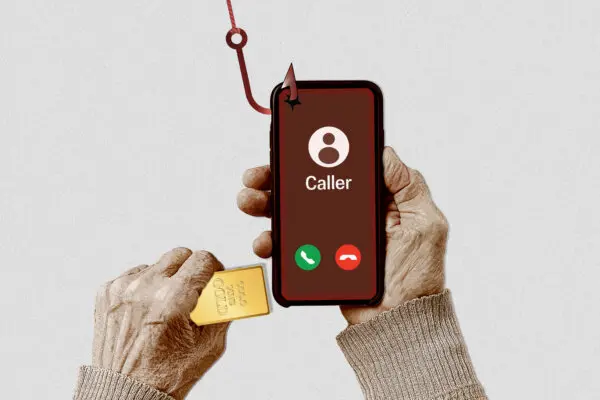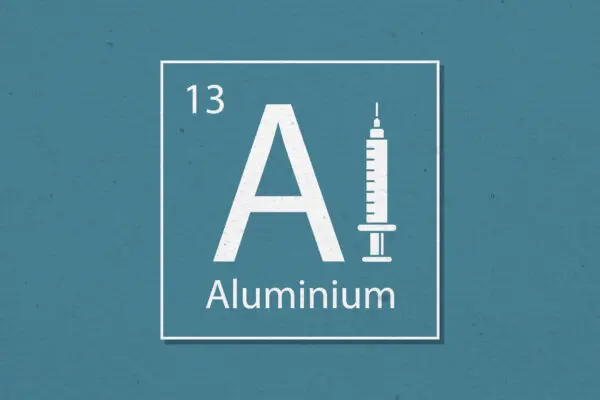WEST POINT, Ga.—At a time when thousands of U.S. independent cattle farmers are going under each year, and herds are falling to a 70-year low, one young couple believes that they have found a way to save their family farm.
Livestock farming is now a far cry from what it once was, when ranchers would sell into competitive markets with prices based on quality, as well as prevailing supply and demand.

